Village in a Forest: Riverside IL History
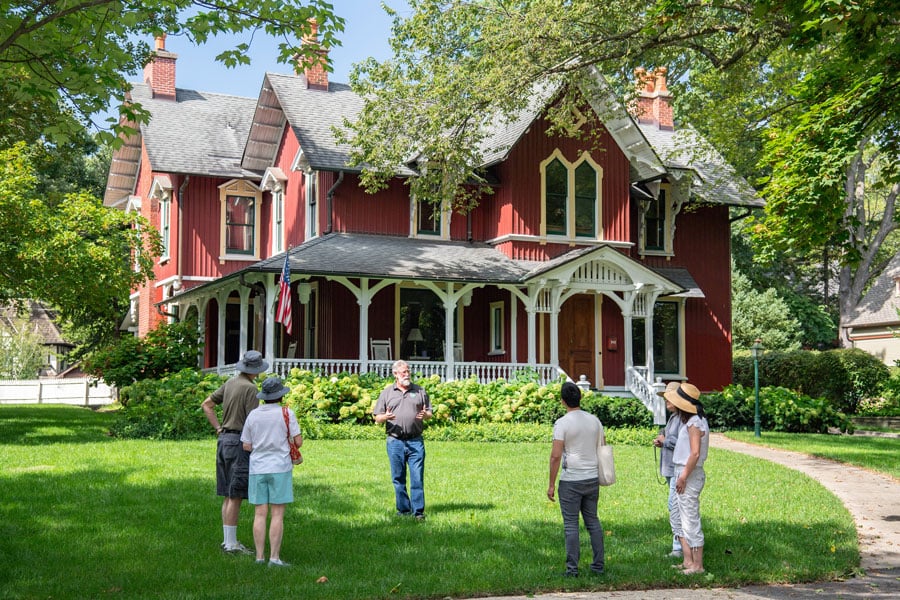
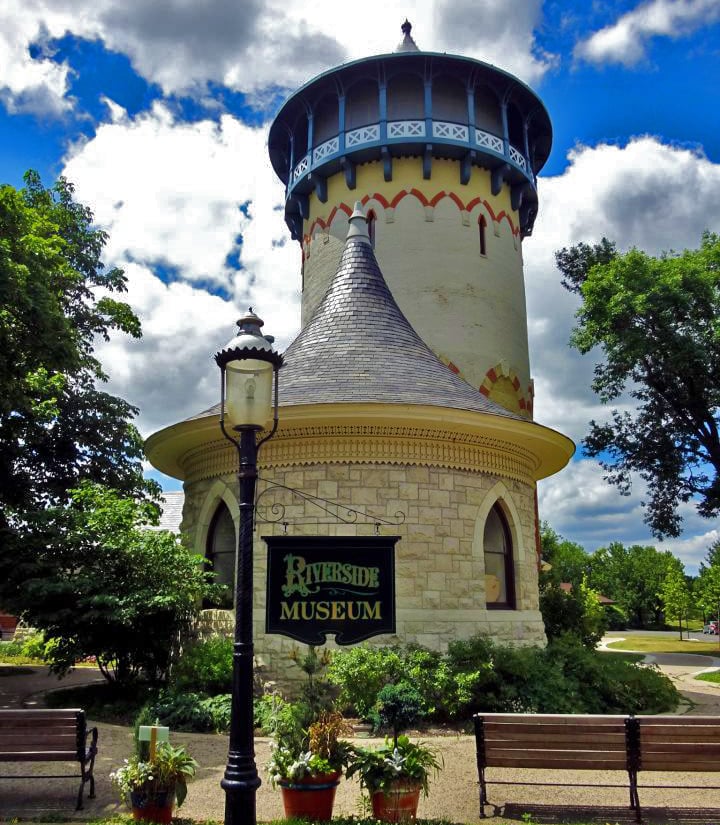
In 1868, the city of Chicago teemed with uncontrolled development and unsafe, unsanitary living conditions. A group calling themselves the Riverside Improvement Company decided to develop a “rural community with modern conveniences” a short commuter train ride from Chicago in western Cook County, along the Des Plaines River. The area was largely farmland and riverbanks once occupied by native Americans. The group shrewdly selected the nationally renowned firm Olmsted and Vaux, landscape architects of New York’s Central Park, to design America’s first planned community.
The village of Riverside became both a suburban oasis and a bold statement in landscape architecture. In deliberate contrast to the teeming Chicago grid (wiped clean by the Great Chicago Fire in 1871), the plan for Riverside’s curvilinear streets was inspired by the winding Des Plaines River and the land’s natural contours. Frederick Law Olmsted and his partner Calvert Vaux devoted more than a third of the land to public parks and commons, accessible to all. So too, generous setbacks and parkways contribute to the sense of open space. And throughout Riverside, as with Central Park, their first planned community called for ornamental gas lampposts to emit their gentle light.
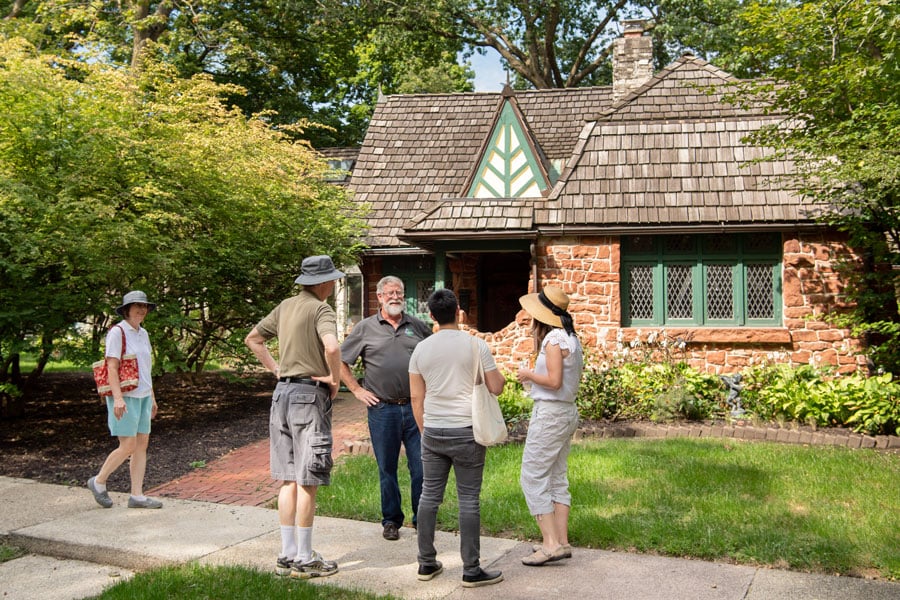
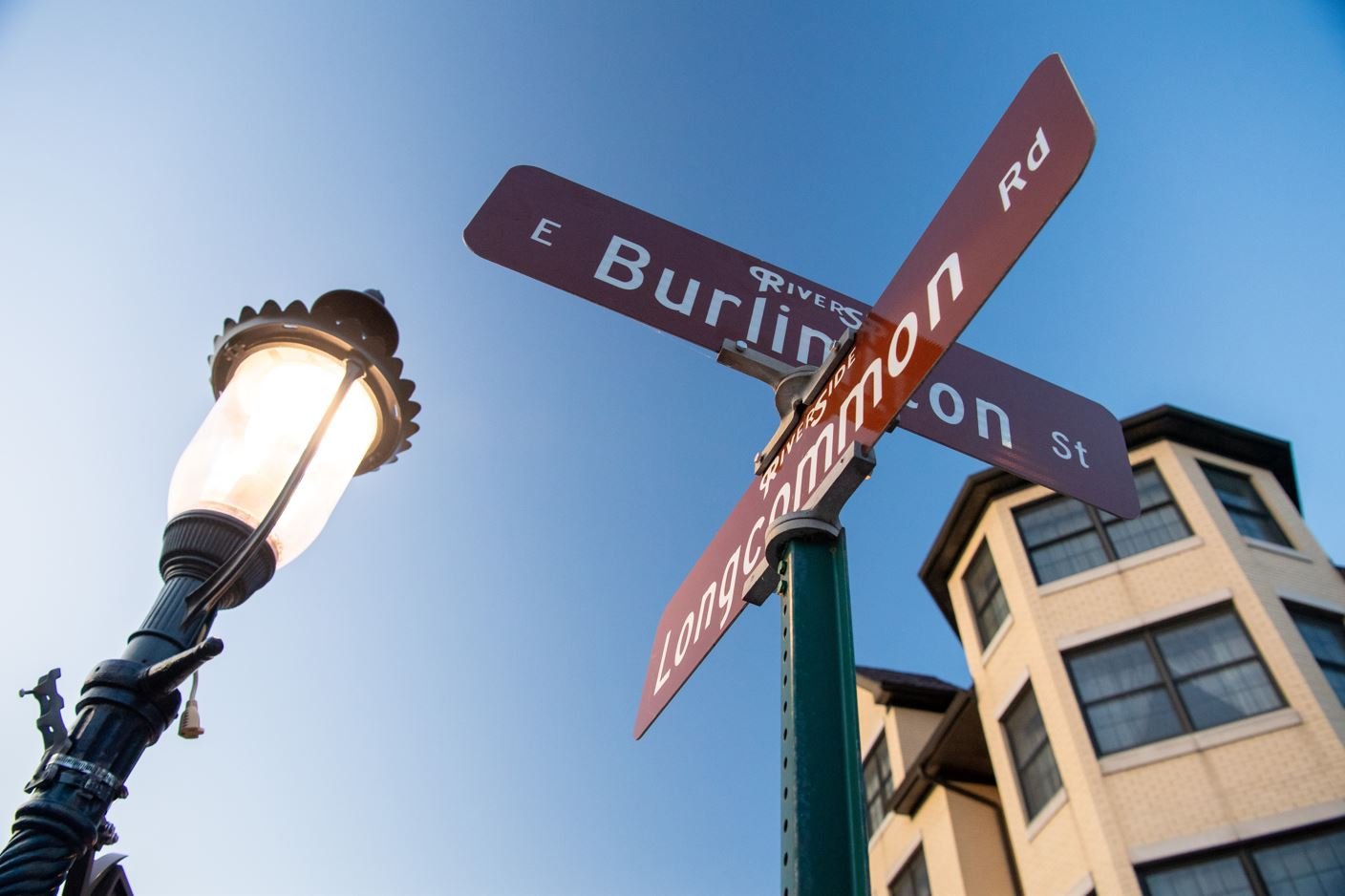
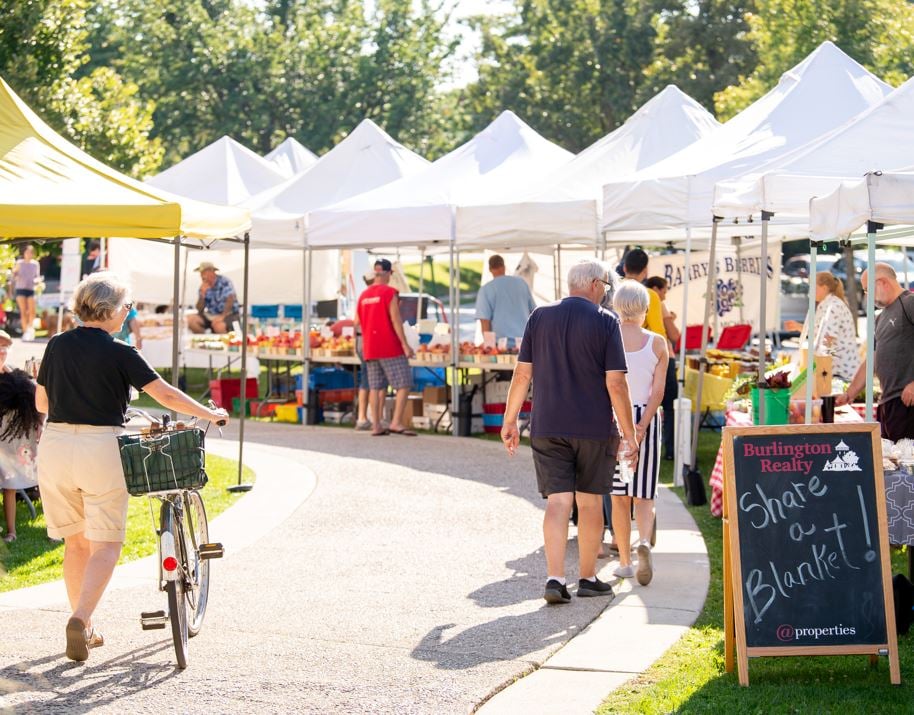
Today no other town in America contains the full range of public spaces Olmsted believed necessary for realizing the promise of suburban life. Riverside's streets have the special quality of ”gracefully curved lines, generous spaces, and the absence of sharp corners ... to imply leisure, contemplativeness and happy tranquility.”
The Riverside Improvement Company hired William Le Baron Jenney, a Chicago-based architect renowned as the father of the American skyscraper, to supervise the construction of the village of Riverside and its first public buildings. Jenny himself designed Riverside’s original Water Tower, train depot, and several elaborate Victorian homes for members of the Riverside Improvement Company.
Jenney engaged Frederick Clarke Withers, an English architect, to construct Riverside’s first church in 1869 and its first commercial building, now known as the Arcade, in 1879. While Wither’s church later succumbed to fire, the Arcade, an impressive Gothic Revival strategically sited aside Riverside’s central park and the train depot, stands to this day. Widely recognized as America’s first suburban shopping mall, the Arcade is listed on the National Register of Historic Places.
The architect who later won the commission for Township Hall was a local, George Ashby, who had offices in the Arcade. Though he earned his bread and butter from plan home designs (think Sears Roebuck catalog) Ashby understood Riverside. He designed Township Hall in 1895 in a French chateau style as a nod to France’s post-revolution access to democracy and his expectations for the citizens of this all-American town.
As Riverside’s finite oasis was slowly developed with respect for the open spaces commanded by Olmsted and Vaux’s plan, the importance of design was not lost on its residents. Riverside is now home to hundreds of landmarks, many by famed architects such as Frank Lloyd Wright, Joseph Lyman Silsbee, Guenzel & Drummond, G.W. Maher, Tallmadge & Watson, George Elmslie, Howard Van Doren Shaw, Spencer & Powers and John Vinci. Louis Sullivan contributed one of his rare residential designs, the Babson House. (Sadly demolished in 1960, it predated the advocacy of Riverside historical commission and the Frederick Law Olmsted Society of Riverside that today work to protect the landscape architect's vision and more than 100 historic structures). It's no small wonder that Riverside was named a National Historic Landmark in 1970.
Riverside was a bold experiment in both landscape architecture and planned communities that has long influenced suburban design. Few places in America still let you step down at a commuter railroad station -- today's Burlington railroad -- into an elegant landscape. It is one of the 10 Towns that Changed America and the way in which we live. You need to experience it to see why.
Nestled among Chicago's near-west suburbs of Berwyn, Lyons and Brookfield, Riverside today is a vibrant community with something for everyone. Whether you’re a history buff, gardening enthusiast, hiker, birdwatcher, kayaker, foodie, or seeker of handcrafted goods on the Illinois Made trail, you’ll be happy to Visit Riverside.